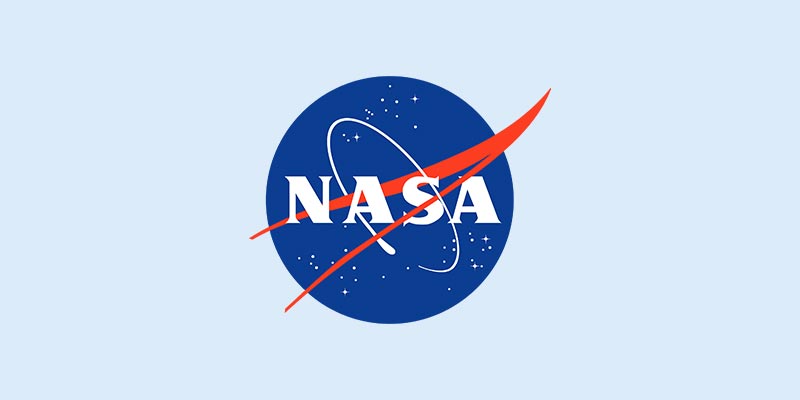Antimicrobial agents are used to kill or limit growth of microorganisms. AEGIS Microbe Shield™, an antimicrobial agent composed of a silane quaternary ammonium salt, is featured for its durability and efficacy against both gram-negative and gram-positive bacteria. This research studied the effectiveness of the antimicrobial agent as a treatment for cotton fabric. Cotton fabric samples were coated with the antimicrobial agent, then tested against three species of bacteria. The samples were shaken in a bacterial solution to allow contact with the microbes, and the number of viable bacteria were counted. The data were compared to the numbers of bacteria with untreated fabric. This research reveals that the antimicrobial agent reduced the numbers of bacteria exposed to the treated cotton fabric.
Research
The three types of bacteria were Escherichia coli, Staphylococcus epidermidis, and Bacillus subtilus. For each test, the bacteria were grown in Tryptic Soy Broth (TSB) for eighteen hours at room temperature. The bacteria were diluted in 0.003M KH2PO4 to 72 percent transmission using a Vitek Colorimeter. For testing, the bacteria were diluted 1:1000 to 1.5-3.0 x 105 cfu/mL. Then, 50mL aliquots of the diluted bacteria were distributed into sterile 250mL flasks.
The number of bacteria were determined by the pour plate method using Tryptic Soy Agar (TSA). The control was plated at “0” contact time. The nine flasks were agitated in a reciprocal shaker at 120 RPM. After one hour, all bacteria samples were plated and incubated for 24 hours at 35°C.
Results
It was discovered that the antimicrobial agent did exhibit the ability to kill the three species of bacteria.
Above: Comparison of all pure cultures used with and without the antimicrobial agent.
Acknowledgements
This research was conducted as part of the 2004 Spaceflight and Life Sciences Training Program funded by the National Aeronautics and Space Administration. The authors recognize the support of the Dynamac Corporation, the NASA Spaceflight and Life Sciences Training Program Academic Partner Alliance and the United States Department of Agriculture. I would like to thank my Principal Investigator, Randall Sumner, for his hard work in preparation of this research, and I would also like to thank Jason Johns and Adam Santone for their help and guidance in this research.
Author: Arvye Davis, SLSTP, Flight Group | Philander Smith College, Little Rock, AR
Principal Investigator: Randall Sumner | The Bionetics Corporation, Kennedy Space Center, FL

